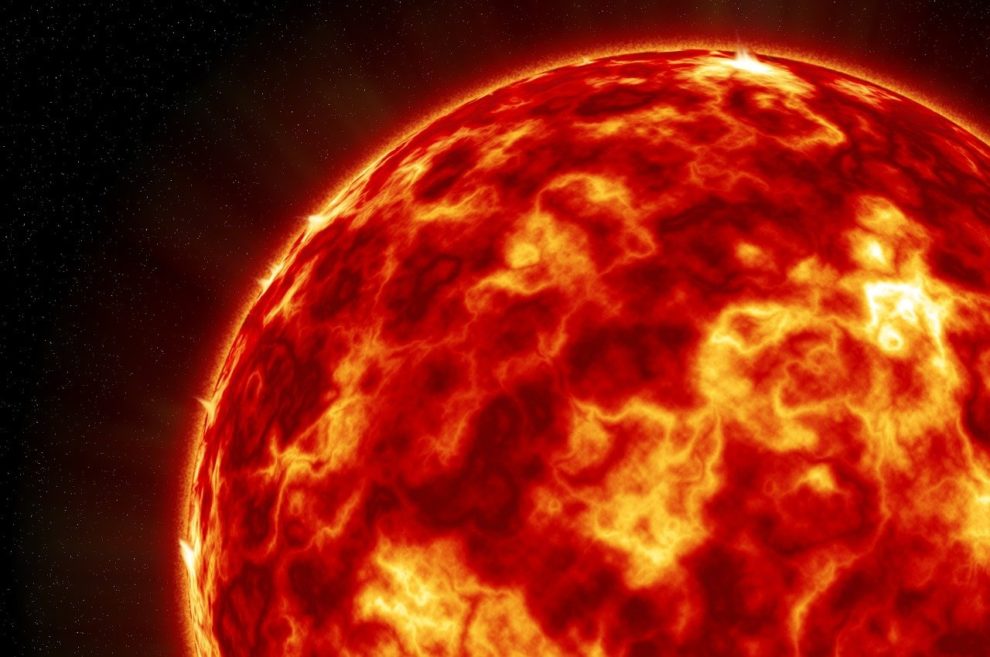An explosion on the sun sent a massive burst of energized particles zooming through space at 900,000mph, causing blackouts in Australia and South Asia. Reports emerged on Tuesday morning that ham radio operators and mariners were affected in those regions, DailyMail reported. The explosion occurred on Monday at 8:30 pm ET, with the solar storm hitting Earth shortly after 10 am ET today.
NOAA reports a 45% likelihood of radio disturbances following solar explosion induced blackouts near Australia and South Asia
According to NOAA’s Space Weather Prediction Center, there’s a 45 percent chance of more communication problems in the next few days. Scientists observed that the explosion was an M-class flare, capable of causing minor (R1) to moderate (R2) radio signal interruptions on the sunny side of the Earth.
The warning mainly concerns frequencies used for aviation communication, government timekeeping stations, weather forecasts, amateur radio, and citizen band services.
Physicist Dr. Tamitha Skov mentioned in January that those most affected are usually people who depend on GPS/GNSS services, particularly in high latitudes, as well as precision farmers and individuals using UAVs for various purposes like reconnaissance, search and rescue, or aerial photography.
Powerful M-class flares, such as the one observed on Monday, have the potential to trigger a coronal mass ejection (CME), which are massive clouds of plasma and magnetic fields that erupt from the sun.
These ejections contain billions of tons of material from the sun’s outer layer. CMEs can lead to a geomagnetic storm, causing temporary disruptions to Earth’s magnetosphere and orbiting satellites due to a shockwave from the solar wind.
Solar physicist’s insights on potential Earth impact from sun’s activity, with predictions and sunspot updates
Solar physicist Keith Strong mentioned on X that although the coronal mass ejection (CME) might affect Earth, he noted that the area where it originated is located far south of the sun, potentially passing beneath us.
According to predictions by EarthSky, within the next 24 hours, there’s a 99 percent likelihood of C flares, a 60 percent chance of M flares, and a 25 percent chance of X flares.
C-class flares are minor events with minimal impact on Earth, whereas M-class flares are significant events capable of causing global radio disruptions and prolonged radiation storms in the upper atmosphere.
The unstable sunspot responsible for the M flare was identified as AR3575. Additionally, region AR3576 is also heading towards Earth and is so large that NASA’s Mars rover spotted it last week.
